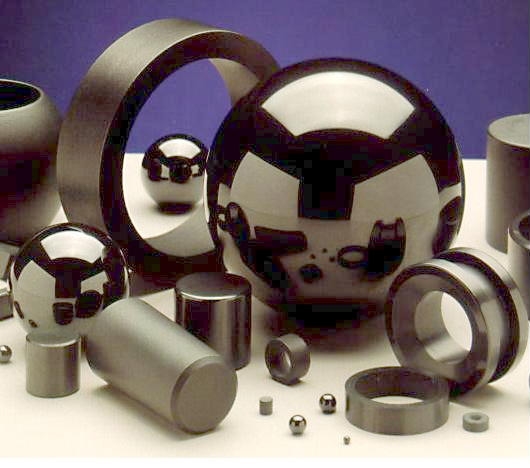There is only one regular car in space, but it doesn't have a piston engine — as leftroundabout pointed out so helpfully, it is a Tesla, an electric vehicle.
Even without piston engines, however, there are moving parts in space that need lubrication, often parts of electric motors. There is a NASA paper from 1994 that explores "the tribology practices used in space".
Tribology is a word I learned a minute ago. According to Merriam-Webster it is the "study that deals with the design, friction, wear, and lubrication of interacting surfaces in relative motion (as in bearings or gears)"1, which is at the core of your question.
My main takeaway from skimming over the paper is that there is a host of different lubricants and that yes, they all must be replenished for longer missions/more cycles.
The main categories are liquid lubricants, including greases, and solid lubricants; the latter can be divided into film and lamellar lubricants (little particles like graphite or certain metal compounds). Both solids and liquids have their specific (dis)advantages under the extraordinary conditions in space. Quoting from the paper:


Liquid lubricants are replenished from a reservoir; if I understand correctly, some systems are passive, like a liquid-filled sponge-like structure, while others are active.
Solid lubricants can possibly also be replenished, e.g. by letting a ball in a bearing rub against a retainer of a composite material including the lubricant. That technique was "used with limited success to lubricate the ball bearings in the space shuttle turbopumps."
Those turbopumps (to use the original compound word) were probably among the most challenging mechanical engineering problems on the Shuttle, or any other rocket. They needed a few revisions before they were reliable enough under high load or other stress. This webpage provides more detail:
At these temperatures, and particularly in the presence of liquid oxygen, conventional lubricants will not work. In this bearing, bronze-filled Teflon(TM) inserts on the bearing-ball separator provide lubrication through a mechanism called solid- film transfer. As the balls rub against the inserts, they wipe off a thin film of Teflon made by DuPont, which then transfers to the ball-race contact point.
"We have had tremendous success, beyond our expectations, with the silicon nitride balls in this bearing," says Program Manager John Price. "The silicon nitride is harder, lighter, and has higher thermal conductivity. This design reduces all the wear-producing mechanisms and also generates less heat."
Now that I learned how to embed Wikipedia images I'll conclude with a picture of silicon nitride ball bearings:

1 The word was coined no earlier than 1966 by a single British engineer, Peter Jost, who recognized that what was, until then, approached from different angles was in fact a coherent subject of its own. He wrote a seminal report about the economic impact of bad lubrication, The Jost Report. The concept quickly was recognized, the British government founded several research institutions, he was appointed Commander of the Most Excellent Order of the British Empire, and the rest is history.


